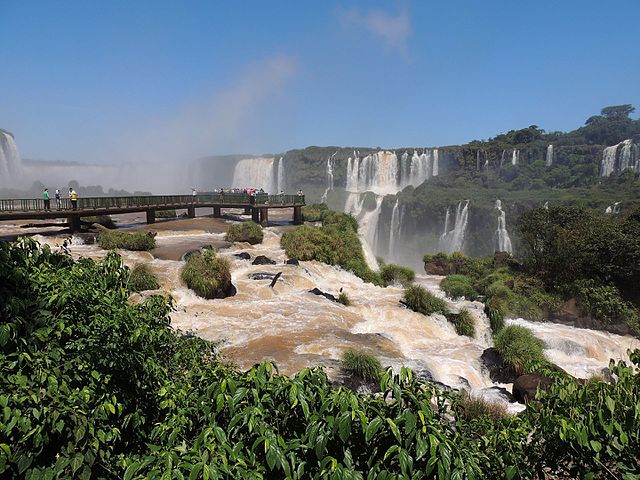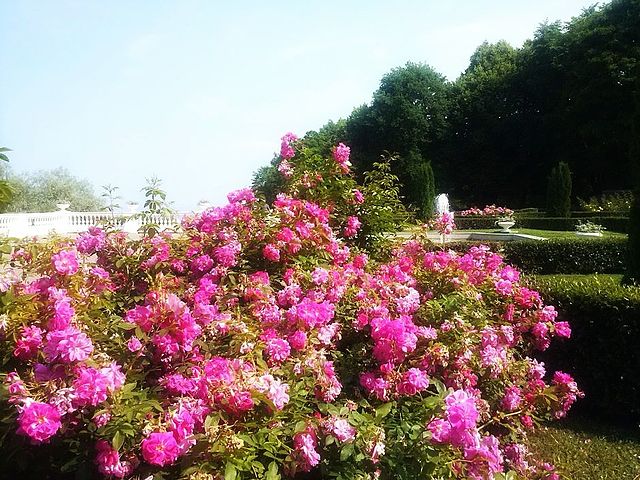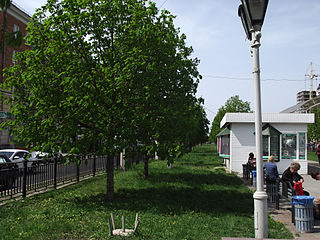39 countries participated in the competition this year – that’s a record number for our project’s 9-year history! Most of them have already finished a contest in their countries. Now it’s time to select local winners.
Meanwhile, let’s check the results of the contest so far:
🌳Over 3,800 people participated in the contest;
🌳Wikimedia Commons received over 45,000 new photos of nature-protected areas;
🌳Over 4,600 images already illustrate respective articles on Wikipedia;
🌳Over 2,700 people joined the contest for the first time;
🌳Top countries with the most images: Germany, Wales, Brazil.
Thanks to everyone for participating, and stay tuned to explore the winners of local competitions! After local winners are submitted, the international jury will select global winners in November.











